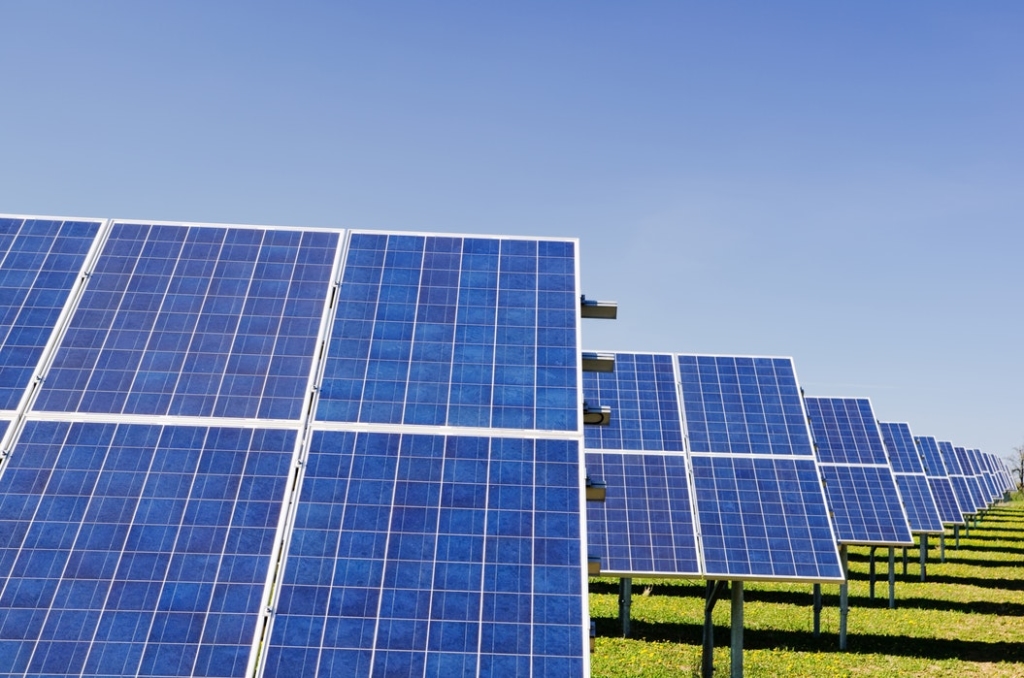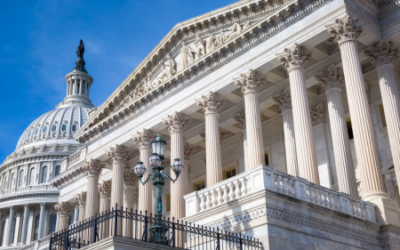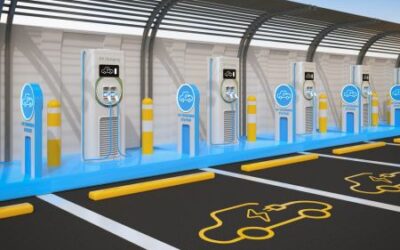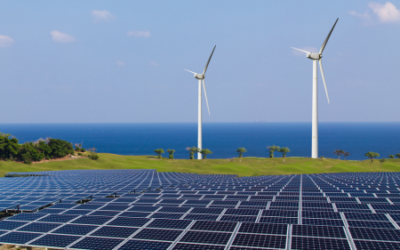Who would have thought that a reservoir of water could play a role in producing energy? Not many people would…but it’s happening elsewhere and it could soon be trending in America.
A Los Angeles city councilman is floating – literally – a proposal for the city to build a unique solar energy production site. He wants the city to float solar panels on Los Angeles reservoirs. The surprising part – it’s a very good idea.
City-owned reservoirs provide hundreds of acres of water surface area that can be turned into a platform to produce solar energy. City officials say there is potential for the reservoirs to produce 53 megawatts of electricity –which can provide enough power for 21,000 homes every year.
Floating solar arrays, called floatovoltaics, already are part of the renewable energy portfolio in many other countries – China, Brazil, India, South Korea, Australia, The United Kingdom and Japan. The photovoltaic panels are attached to a structure that floats on any body of water such as a reservoir or a lake. The largest such energy operation, brought online a year ago in China, sits atop a former coal mine that collapsed and then was flooded with water. It features 166,000 solar panels that generate up to 40 megawatts of power and can service 15,000 homes.
In Australia, floating solar panels are being used at a community wastewater treatment plant. Officials there are hopeful the floating cells will result in production of enough energy to power the entire plant, support timber milling and throw off enough excess power to share with a nearby community.

Imagine the effect this new technology could have on areas with dry climates or regions that suffer from drought conditions throughout the year. One example might be Lake Mead, the largest water capacity reservoir in the U.S. that serves Arizona, California and Nevada. Last year, according to the U.S. Bureau of Reclamation, the lake lost 800,000 acre-feet of water to evaporation from the desert conditions in the region it serves.
Solar panels are more efficient and less expensive than other renewable energy options. However, in some areas, land-based solar panels have drawn opposition from citizens. Neighboring residents complain about noise and dust during construction, and lack of maintenance of grass and weeds around the installations. Others are concerned about the loss of available agriculture land when acreage is taken over by solar farms.
Such opposition has caused some government entities to find new ways to facilitate installation without disturbing landscape aesthetics. In Marietta, Georgia, city leaders, with a private sector partner, installed more than 200 solar panels on top of a municipal court building. The solar array, installed at no cost to the city, will result in $1,200 in energy bill savings annually. The private partner is selling the city the electricity produced by the panels at a rate 10 percent lower than its current provider.
As states seek ways to help the federal government meet its objective of securing 50 percent of the nation’s energy from renewable sources by 2025, the demand for solar and other renewables will only increase. New York recently announced a solicitation for up to 20 renewable energy projects. The projects are expected to attract up to $1.5 billion in private investment.
Many water solar projects will be launched in coming months through public-private partnerships. However, land-based solar arrays will also be utilized. Solar power is the future – and whether the panels float on water or reside in fields, they will be common sights in the very near future.
Strategic Partnerships, Inc. is one of the leading procurement consulting firms in the U.S. Contact them today to learn how to increase your public sector sales.






